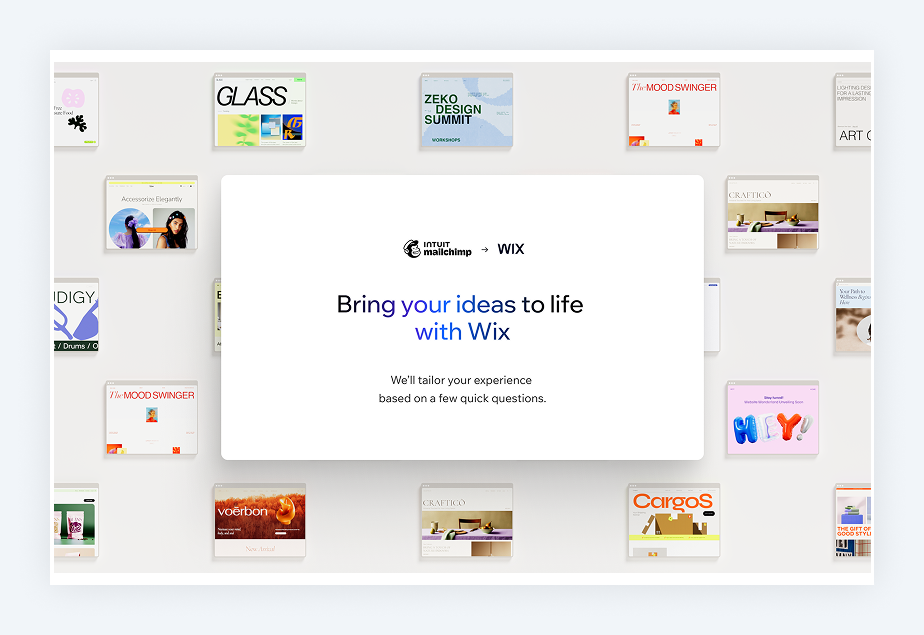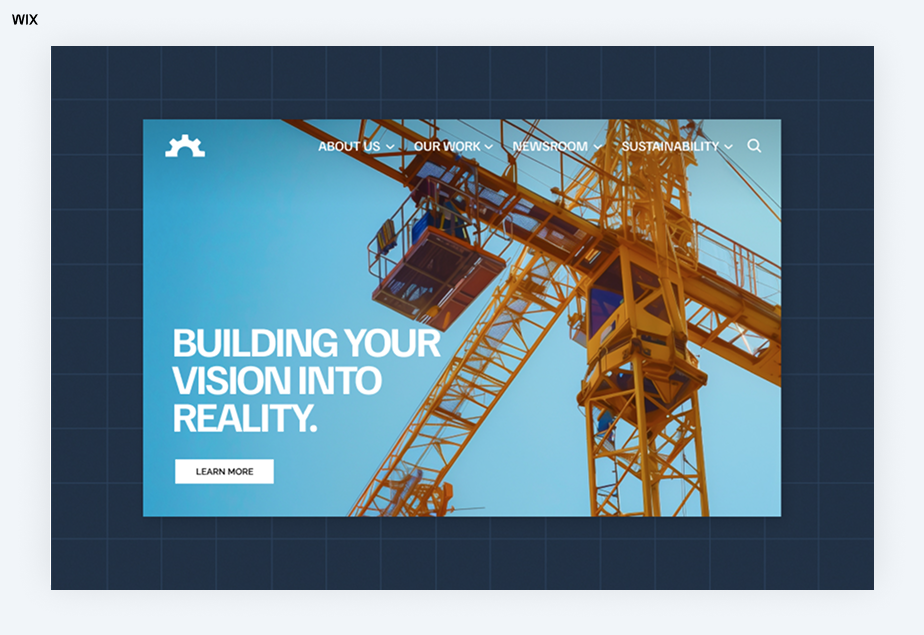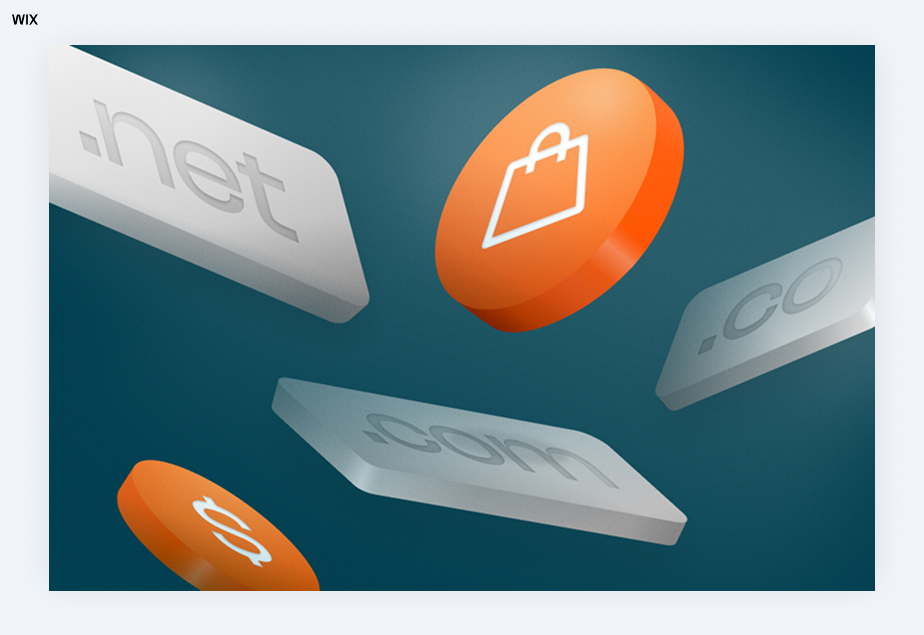- Peleg Geffen

- 2 days ago
- 6 min read

“When we handle things, we do not usually look at them; we look through them. It is when they break that they become visible.”
—Martin Heidegger, 1927
The invisible bridge
There’s a moment after a new strategic partnership is announced–after the high-fives, the press releases and the logo swaps–when the product team goes unusually quiet. That’s the moment when the real work begins.
Because behind all the slides and forecasts, there’s a real user. A person who just wants to get something done: in our case, a small business owner. They want to make a business website and open a new sales channel with eCommerce. Or, they’re navigating from our website builder over to our strategic partner company’s services. And now, they’re about to guide us in the design of an invisible bridge between two platforms trying to work together.
As head of product for Wix Channels (Wix’s B2B strategic partnerships), I work with our partner companies like Intuit, VistaPrint and Name.com in grasping the invisible moments of the user journey. We take the time to really “see” things as they should be, not just when they break or unravel. The goal is to weave a new path together, through the user’s eyes, to create an experience that truly feels seamless and complete.
Servicing SMBs? Show your customers how to start a business online.

Strategy is a promise. Product is the proof.
On paper, the partnership makes perfect sense. The value props align. The market need is clear. Our strategic partner is ready to offer our AI website builder and AI tools to their customers so they can discover how to make a business website and grow their brand online. Everyone’s excited.
But here’s what I’ve learned again and again: A partnership isn’t real until it’s productized. Until a partnership is designed, built, tested, shipped and refined, it’s just a strong idea backed by a firm handshake. Productizing a partnership isn’t about building new features. It’s about designing a shared experience via tailored B2B solutions. And that’s when things get real.

Two companies. One user. Infinite UX decisions.
You're not just solving for what a user wants to do. You're solving for how they expect it to feel, while honoring two different ecosystems.
The user says, not in words but in behavior: “This is what I want to do next. Can you make it seamless?”
We then face a decision: Do we bring the value closer, embedding Partner B’s capabilities into Platform A?
Or do we guide them into Partner B’s world, where more power lives, but the experience may feel unfamiliar?
There’s no universal answer, only tradeoffs. What matters is why you make the choices you do.

A real example (and the infinite space between)
In one of our strategic partnerships, users on Platform A needed to complete a meaningful task, but the capability itself lived within Platform B. At a glance, it might seem like a binary choice:
Redirect users to Platform B’s environment, or
Recreate the entire experience natively within Platform A
But in reality, this binary almost never holds. Our actual work lives in the infinite space between those two ends. Together with our partner, we had to explore and define where on that spectrum we should position the experience, for the sake of the user.
That meant asking:
When is the ideal moment for the handoff?
How much context or value should we expose upfront, before introducing a second platform?
What does a seamless handshake actually feel like, in this particular journey, for this particular user?
And it gets even more nuanced when you factor in:
Cross-platform development complexity
Real-time data exchange and system readiness
The need to balance time-to-value with creating an experience that’s truly valuable and sticky
Ultimately, we shaped a hybrid journey: a native entry point in Platform A to anchor the user in clarity and progress, paired with a thoughtfully timed transition into Platform B, where the deeper functionality lives.
It was more than a product decision. It was a shared design, engineering and user experience decision, while grounded in observed behavior patterns, informed by intent mapping, shaped by technical tradeoffs and aligned through joint prioritization.
I’ve come to appreciate that “space between” in the user journey. The quiet transitions. The micro-moments. The invisible decisions that either carry momentum, or interrupt it. These moments don’t belong to any one team. They live between systems, brands and expectations. And they ask product teams to do something we rarely talk about: let go of ownership, and optimize for coherence.

When “seams” start to show: red flags of the partnership user journey
Most cross-platform experiences don’t break loudly. They unravel quietly: in drop-offs, misunderstandings and mismatched expectations.
Here are the signs we’ve learned to look out for:
You see intent building… then a sudden stall. Often, it happens right before a user crosses into the partner platform. Why? Because the value isn’t clear, the next step feels different, or the mental model breaks.
You’re over-explaining what should feel intuitive. If you need multiple tooltips, modals or help text to guide users through a flow, then something’s off. It likely means your design is working against user instincts, not with them.
Your teams measure different things as “success.” If Platform A is tracking activation and Platform B is tracking completion, and both believe their job is done halfway through the process, then your users are stuck in the middle, with no value.
One team calls it a “handoff,” another says “integration,” someone else insists it’s a “seamless sync,” and Product throws in “cross-platform orchestration.” The language shifts with the speaker, which usually means the mental models do too. This disconnect doesn’t just slow things down, it quietly breaks the experience. Because without a shared vocabulary, there’s no shared ownership. And without shared ownership, the user journey becomes disjointed.
You’re optimizing individual touch points, not the full journey. Each step looks great in isolation, but the overall full path feels disjointed. That’s a sign no one owns the end-to-end journey. The seams are showing.

Recognizing what “seamless” feels like
So we know the signs of unraveling. But how do we spot a true seamless experience? A great productized partnership doesn’t just feel smooth and remove friction. It actually generates momentum. And not just for users, but for the teams building the experience.
It creates a sense of inevitability in the journey. As if the user was always meant to move from one platform to the next. Not because we forced it, but because it simply makes sense.
And behind that seamlessness? Two companies working as if they were one.
Product, design, engineering and go-to-market teams–separated by org charts, roadmaps and cultures–are centered and aligned around one shared user journey.
You know it’s working when:
The user’s mental model holds steady across systems because the experience was designed together, not patched together.
Early touchpoints feel purposeful, not transactional, because both platforms are sequenced with intent.
Internal language starts to blur: “We” no longer means just one company. It means the team building this, regardless of which logo is on their slides.
Teams debate what’s best for the user, not whose system owns what.
Barriers of process, platform and ego start to soften. Not out of obligation, but because there’s momentum, and no one wants to break it.
And maybe the most telling sign?
The experience doesn’t even feel like collaboration. It feels like coherence. The partnership doesn’t just deliver on strategy, it delivers on trust.
And when it’s done right, users don’t even notice the bridge.
They just arrive where they were always trying to go.

Why this work resonates, with us and the user
When this work is done well, no one notices. When it’s not, everyone feels it.
And when it clicks? A user starts on one platform, and finds value in another.
They don’t pause. They don’t think about the handoff. They just see progress.
And that’s what great product work looks like.
When the complexity disappears, and all that’s left is clarity.
As we build strategic partnerships and shared product journeys, let’s remember: true success lies in identifying the user’s invisible moments between platforms. How do we “see” this journey before it breaks? How do we come together to design strong, seamless experiences?
Learn more about providing a seamless website creation journey for small businesses through a tailored channel partnership.



Comments